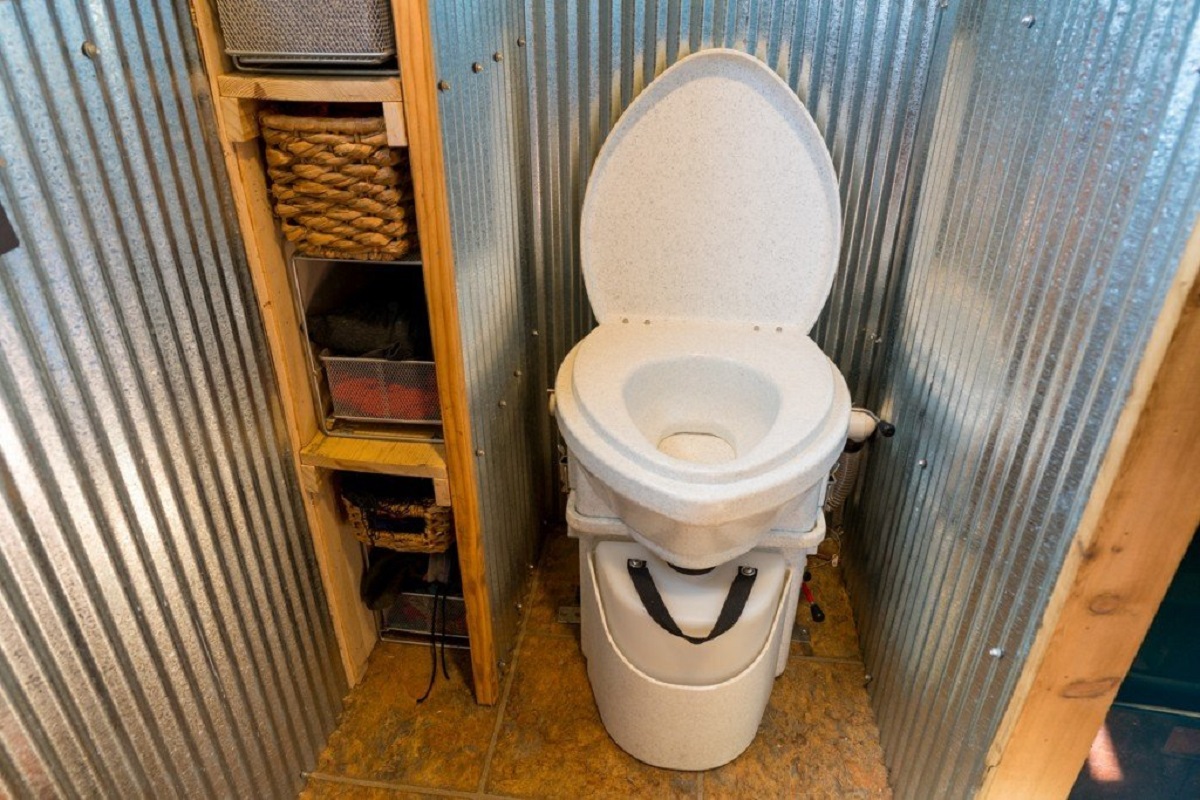

Articles
How Much Is A Composting Toilet
Modified: October 20, 2024
Discover articles about composting toilets and learn about their costs, benefits, and environmental impact. Explore different options and make an informed decision for an eco-friendly bathroom solution.
(Many of the links in this article redirect to a specific reviewed product. Your purchase of these products through affiliate links helps to generate commission for Storables.com, at no extra cost. Learn more)
Introduction
Composting toilets have gained popularity in recent years as a more sustainable and eco-friendly alternative to traditional flush toilets. These innovative systems not only help to reduce water consumption, but also provide a valuable way to treat and recycle human waste.
Composting toilets work by using the natural processes of decomposition and evaporation to break down and transform human waste into nutrient-rich compost. Unlike traditional flush toilets that use water to transport waste to a sewage treatment plant, composting toilets allow for the decomposition of waste on-site, turning it into a valuable resource for gardening and agriculture.
In addition to their environmental benefits, composting toilets offer a range of advantages for homeowners and businesses. They can be installed in a variety of settings, including remote locations, off-grid homes, cabins, recreational vehicles, and even in urban areas where water conservation and sustainability are priorities.
This comprehensive guide will explore the world of composting toilets, delving into their benefits, costs, factors affecting prices, and additional expenses associated with their installation and maintenance. Whether you are considering a composting toilet for your home or business, or simply want to learn more about this innovative technology, this article will provide you with the information you need to make an informed decision.
Key Takeaways:
- Composting toilets offer a sustainable, eco-friendly solution with benefits such as water conservation, nutrient-rich compost, and odor control. Despite initial costs, they provide long-term savings and environmental advantages.
- Factors influencing composting toilet prices include type, capacity, quality, and additional features. Understanding these factors helps in making an informed decision aligned with sustainability goals and budget.
Read more: How To Use A Composting Toilet
Benefits of Composting Toilets
Composting toilets offer numerous advantages over traditional flush toilets, making them a popular choice for environmentally conscious individuals and organizations. Let’s explore some of the key benefits:
- Water Conservation: One of the most significant advantages of composting toilets is their ability to conserve water. Traditional flush toilets can use up to six gallons of water per flush, whereas composting toilets require little to no water for operation. This significant reduction in water usage can have a positive impact on water conservation efforts, particularly in regions where water scarcity is a concern.
- Eco-Friendly Waste Management: Composting toilets provide a sustainable solution for waste management. Instead of relying on complex and energy-intensive sewage treatment systems, composting toilets harness the power of natural decomposition to break down waste into compost. This process avoids the need for chemical treatments and reduces the amount of waste that ends up in landfills or requires extensive treatment.
- Nutrient-Rich Compost: The compost produced by composting toilets is a valuable resource for gardening and agriculture. Rich in nutrients, this compost can be used to fertilize plants and improve soil quality. By recycling waste into compost, composting toilets close the nutrient cycle and contribute to a more sustainable and self-sufficient approach to agriculture.
- Flexibility in Installation: Composting toilets offer flexibility in terms of installation. They can be installed in a variety of settings and do not require a connection to a sewage or septic system. This makes them suitable for remote locations, off-grid homes, cabins, and recreational vehicles. Composting toilets are also a viable option for urban areas, where they can contribute to water conservation efforts and reduce the strain on aging sewage systems.
- Odor Control: Contrary to popular belief, composting toilets are designed to control odors effectively. Modern composting toilet systems utilize ventilation and airflow mechanisms to ensure that unpleasant odors are minimized. This makes them a practical and comfortable solution for both residential and commercial settings.
These benefits highlight the potential of composting toilets to revolutionize waste management practices and promote sustainability. By choosing composting toilets, individuals and organizations can contribute to water conservation, reduce their environmental impact, and create a valuable resource from waste materials.
Cost of Composting Toilets
When considering the cost of composting toilets, it’s important to understand that there are various factors that can influence the price. The cost of a composting toilet system can range from a few hundred dollars to several thousand dollars, depending on the type of system, features, and brand. Additionally, there may be installation and maintenance costs to consider. Let’s break down the factors that can affect the cost:
- Type of Composting Toilet: There are different types of composting toilets available, including self-contained units, central systems, and continuous composting units. Self-contained units, which are the most common, are typically more affordable compared to central systems that require additional plumbing and ventilation connections. Continuous composting units, which have a continuous composting process, usually have a higher price tag due to their advanced technology.
- Capacity: The capacity or size of a composting toilet system can impact its cost. Larger systems that can accommodate a higher volume of waste tend to be more expensive. It’s important to consider the needs of your household or business when selecting the appropriate capacity. Smaller capacity systems may be suitable for individual households, while larger capacity systems may be necessary for commercial or high-traffic locations.
- Design and Features: The design and features of a composting toilet can also impact its cost. Some systems may have additional features such as urine separation, electric heaters, automatic stirring mechanisms, or built-in fan systems for odor control. These added features can increase the price of the system compared to basic models.
- Brand and Quality: Like any other product, the brand and quality of the composting toilet can affect its cost. Well-known brands that have a reputation for quality and reliability may come with a higher price point. However, investing in a reputable brand can provide peace of mind and ensure the longevity and performance of the system.
It’s important to note that while composting toilets may have a higher upfront cost compared to traditional flush toilets, they can offer long-term cost savings. With reduced water consumption and potential savings on sewage system connection fees, composting toilets can help to offset the initial investment over time.
Ultimately, the cost of a composting toilet system will depend on the specific needs and requirements of your household or business. It’s recommended to research and compare different models, features, and brands to find the best fit for your budget and sustainability goals.
Factors Affecting Composting Toilet Prices
Several factors can influence the prices of composting toilets. Understanding these factors can help you make an informed decision when selecting the right composting toilet for your needs. Let’s explore the key factors that affect composting toilet prices:
- Type of System: The type of composting toilet system you choose will have a significant impact on its price. Self-contained units, which are all-in-one units that do not require additional plumbing or ventilation connections, tend to be more affordable compared to central systems that may require complex installation and additional components.
- Capacity: The capacity of a composting toilet system can also affect its price. Larger capacity systems that can handle a higher volume of waste tend to be more expensive. If you have a larger household or commercial space, you may need a higher capacity system, which could increase the overall cost.
- Quality and Durability: The quality and durability of the composting toilet system will also play a role in pricing. Higher-quality systems, often made with durable materials and advanced technology, may come with a higher price tag. However, investing in a reliable and long-lasting system can provide peace of mind and save money on potential repairs or replacements in the future.
- Additional Features: Certain features and options can add to the cost of a composting toilet system. For example, some systems come with urine separators to optimize the composting process and improve overall efficiency. Other features could include automatic stirring mechanisms, built-in fan systems for odor control, or electric heaters for temperature regulation. The more advanced the features, the higher the price is likely to be.
- Brand: Like with any product, the brand reputation can have an impact on the price. Some well-established brands that have a track record of producing high-quality composting toilets may come with a higher price due to their reputation and customer demand. However, opting for a reputable brand can provide assurance of quality and customer support.
It’s important to consider your specific needs and budget when weighing these factors. Determine the type of system, capacity, quality, and additional features that align with your requirements and sustainability goals. While price is an important consideration, it’s also crucial to select a composting toilet system that meets your practical needs and long-term expectations.
When considering the cost of a composting toilet, it’s important to factor in not only the initial purchase price, but also ongoing maintenance and any additional accessories or components that may be required for installation. Researching different brands and models can help you find the best option for your budget and needs.
Price Range of Composting Toilets
The price range of composting toilets can vary significantly depending on factors such as the type of system, capacity, brand, and additional features. Here is a general breakdown of the price range you can expect when shopping for composting toilets:
- Basic Self-Contained Units: $500 – $1,500
- Mid-Range Self-Contained Units: $1,500 – $3,500
- High-End Self-Contained Units and Central Systems: $3,500 – $6,000+
- Continuous Composting Units: $5,000 – $10,000+
Basic self-contained composting toilet units typically fall within the lower price range. These units are compact and all-in-one, consisting of a toilet seat, a composting chamber, and a ventilation system. While they may lack advanced features, they provide a simple and cost-effective solution for basic composting needs.
Mid-range self-contained composting toilets offer additional features and improved functionality compared to basic models. These units may include features such as urine separation, automatic stirring mechanisms, or built-in fan systems for odor control. They are often made with higher-quality materials and may have a larger capacity, making them suitable for households or small businesses with more demanding composting needs.
High-end self-contained composting toilets and central systems come with advanced technology, premium features, and larger capacities. These units may have features like electric heaters for temperature control, remote monitoring capabilities, or sophisticated ventilation systems. They are designed for more intensive use and are commonly found in commercial settings or larger households with high composting demands.
Continuous composting units are typically the most expensive option due to their continuous composting process and advanced technology. These systems offer a constant supply of compost as waste is continuously added and composted. Continuous composting units are often used in commercial settings or for large-scale compost production.
It’s important to note that these price ranges are approximate and can vary depending on various factors such as brand, quality, and additional features. It’s always recommended to research and compare different models and brands to find the best composting toilet that suits your needs and budget.
Remember that while the initial investment in a composting toilet may be higher than a traditional flush toilet, the long-term benefits, such as water savings and nutrient-rich compost production, can often outweigh the upfront costs.
Read also: 12 Amazing Compost Toilet for 2025
Additional Costs Associated with Composting Toilets
While composting toilets offer many benefits, it’s important to consider the additional costs that may be associated with their installation and maintenance. Here are some potential additional costs to keep in mind:
- Installation Costs: The installation of a composting toilet system may require professional assistance, especially for more complex central systems. Hiring a plumber or contractor to handle the installation can incur additional costs. However, self-contained units are often straightforward to install and may not require professional help.
- Ventilation System: Composting toilets typically require a ventilation system to promote airflow and control odors. If your composting toilet does not include a built-in ventilation system, you may need to purchase and install one separately, which can add to the overall cost.
- Composting Materials: Composting toilets require specific materials to facilitate the decomposition process and aid in the production of compost. This may include materials like sawdust, coconut coir, or wood shavings. While the cost of these materials is relatively low, it is still an ongoing expense to consider.
- Maintenance and Cleaning: Regular maintenance and cleaning are essential for the proper functioning of composting toilets. This may involve emptying the composting chamber, cleaning the toilet seat, and ensuring proper ventilation. While these tasks can be done DIY-style, you may also choose to hire a professional maintenance service, which will incur additional costs.
- Permitting and Compliance: Depending on your location, you may need to obtain permits or comply with specific regulations when installing a composting toilet system. It’s crucial to research local building codes and requirements to ensure you are in compliance. Permit fees and any necessary modifications can add to the overall cost.
It’s important to factor in these additional costs when considering the overall investment in a composting toilet system. While they may vary depending on your specific circumstances, it is advisable to plan and budget accordingly to ensure a smooth and cost-effective installation and maintenance process.
Despite these additional costs, composting toilets are generally considered to be a more economical and environmentally friendly option in the long run, thanks to water conservation, reduced reliance on sewage infrastructure, and the production of nutrient-rich compost that eliminates the need for chemical fertilizers.
Conclusion
Composting toilets offer a sustainable and environmentally friendly solution to traditional flush toilets. With their ability to conserve water, reduce waste, and produce nutrient-rich compost, they have become a popular choice for individuals and organizations seeking a more eco-conscious approach to waste management.
Throughout this article, we have explored the benefits, costs, factors affecting prices, and additional expenses associated with composting toilets. By understanding these aspects, you can make an informed decision when considering the installation of a composting toilet system.
Composting toilets provide significant benefits such as water conservation, eco-friendly waste management, nutrient-rich compost production, flexibility in installation, and effective odor control. Despite potential upfront costs, the long-term savings and environmental advantages make composting toilets a worthwhile investment.
When considering the cost of composting toilets, factors such as the type of system, capacity, design, and brand can influence the price. It’s important to weigh these factors against your specific needs and sustainability goals to find the right composting toilet within your budget.
Additionally, it’s essential to consider the additional costs associated with composting toilets, such as installation, ventilation systems, composting materials, maintenance, and permitting requirements. Factoring in these costs will help you plan and budget effectively when incorporating a composting toilet into your home or business.
In conclusion, composting toilets offer an innovative and environmentally friendly solution to traditional waste management. By choosing a composting toilet, you can contribute to water conservation, reduce your environmental footprint, and produce valuable compost for gardening and agriculture.
So, whether you’re looking to live off-grid, reduce your water usage, or simply embrace a more sustainable lifestyle, composting toilets are an excellent choice that combines practicality, efficiency, and environmental responsibility.
Frequently Asked Questions about How Much Is A Composting Toilet
Was this page helpful?
At Storables.com, we guarantee accurate and reliable information. Our content, validated by Expert Board Contributors, is crafted following stringent Editorial Policies. We're committed to providing you with well-researched, expert-backed insights for all your informational needs.
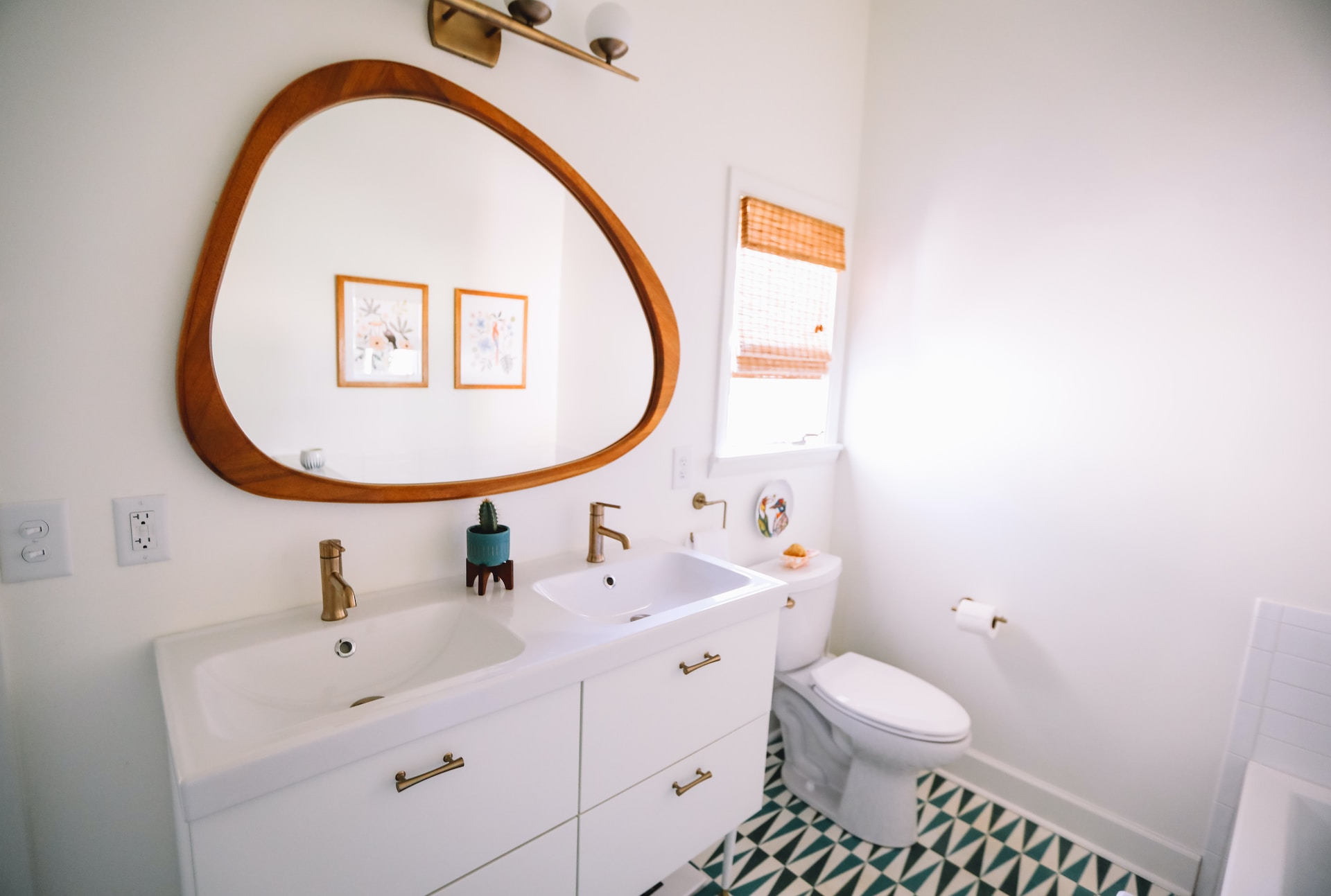
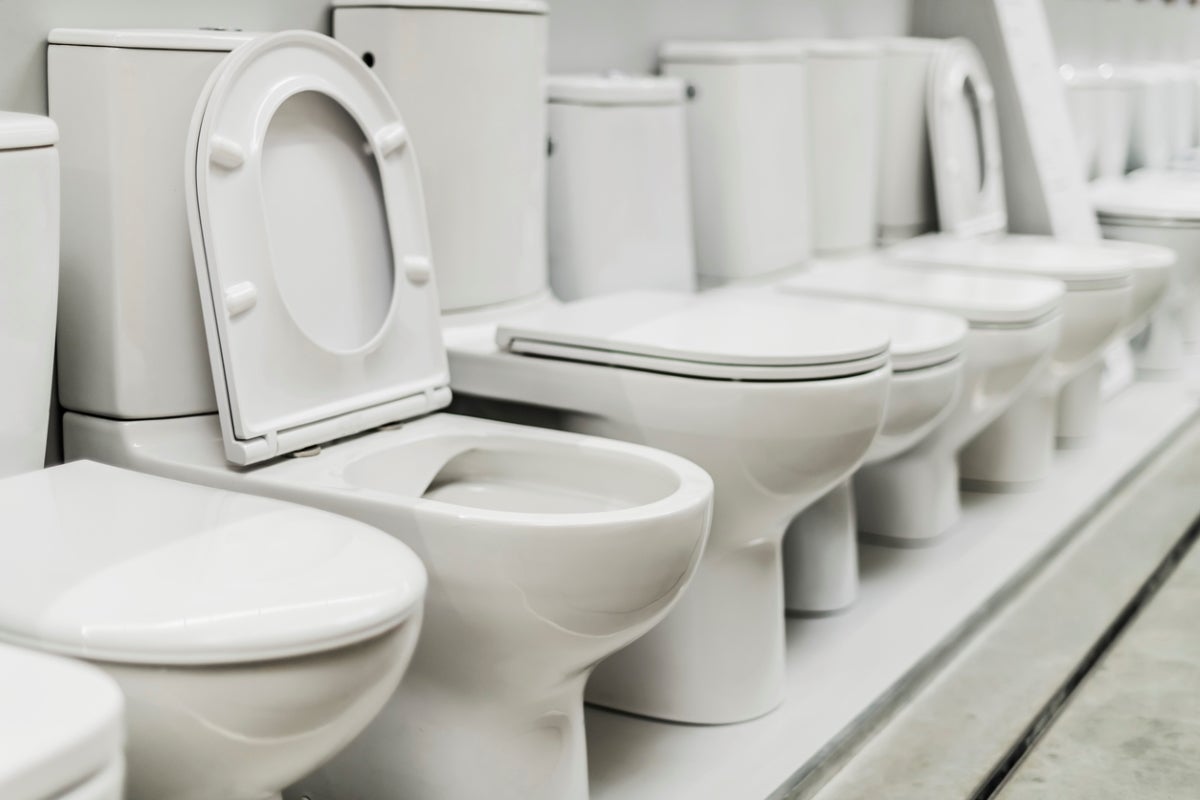

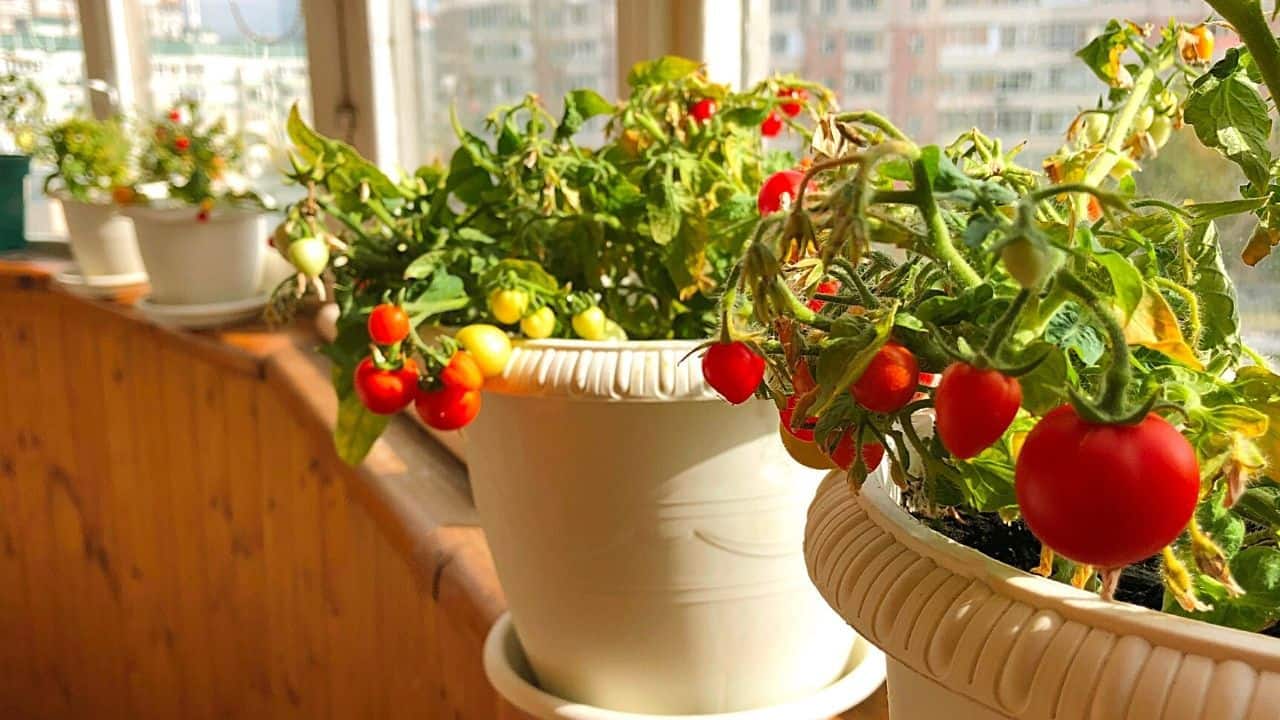
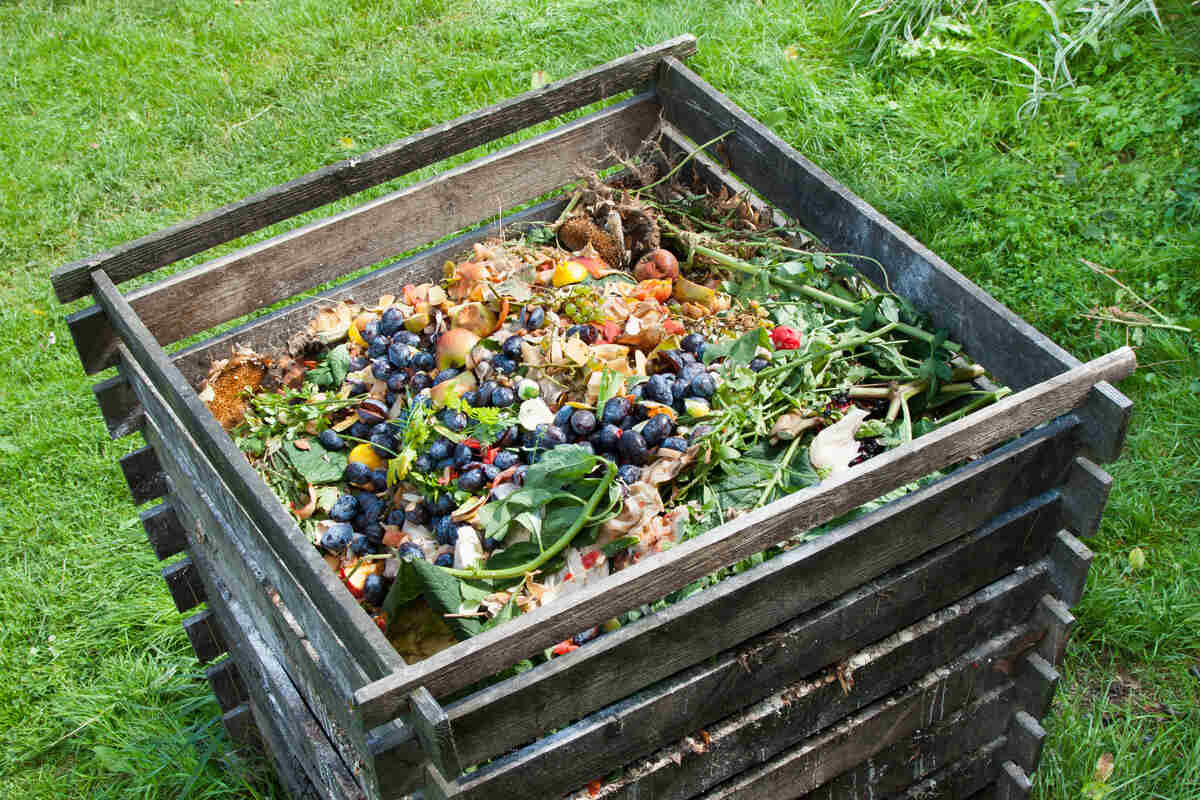
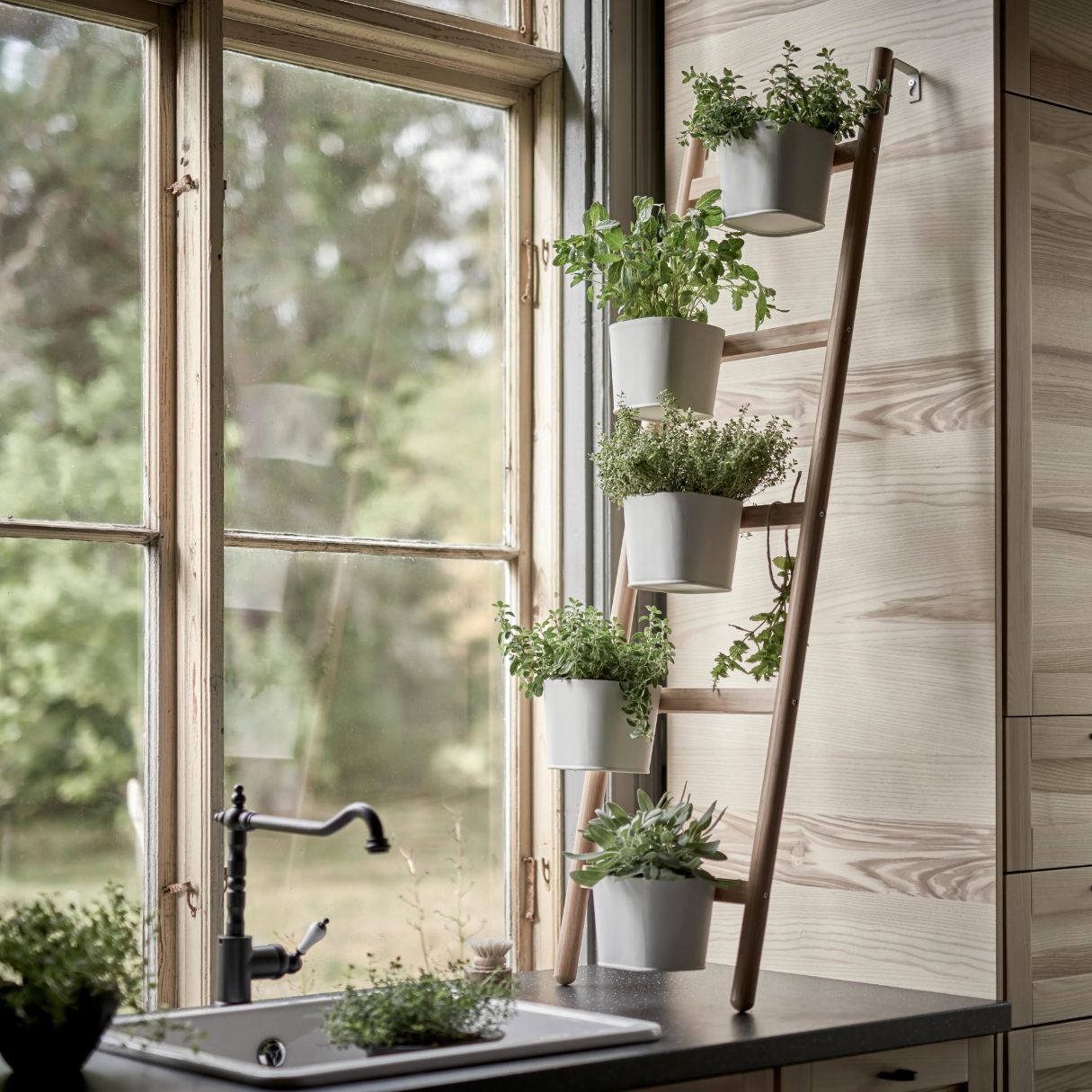
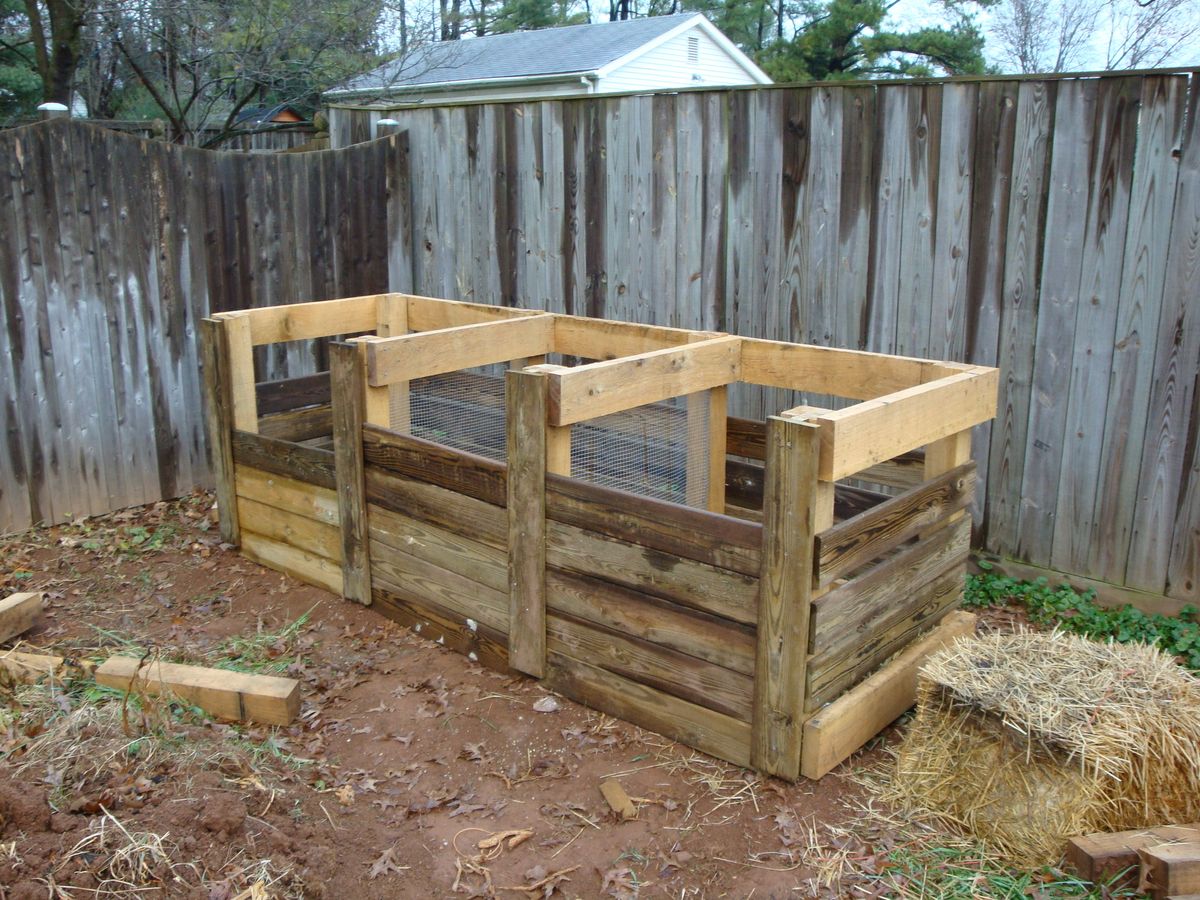
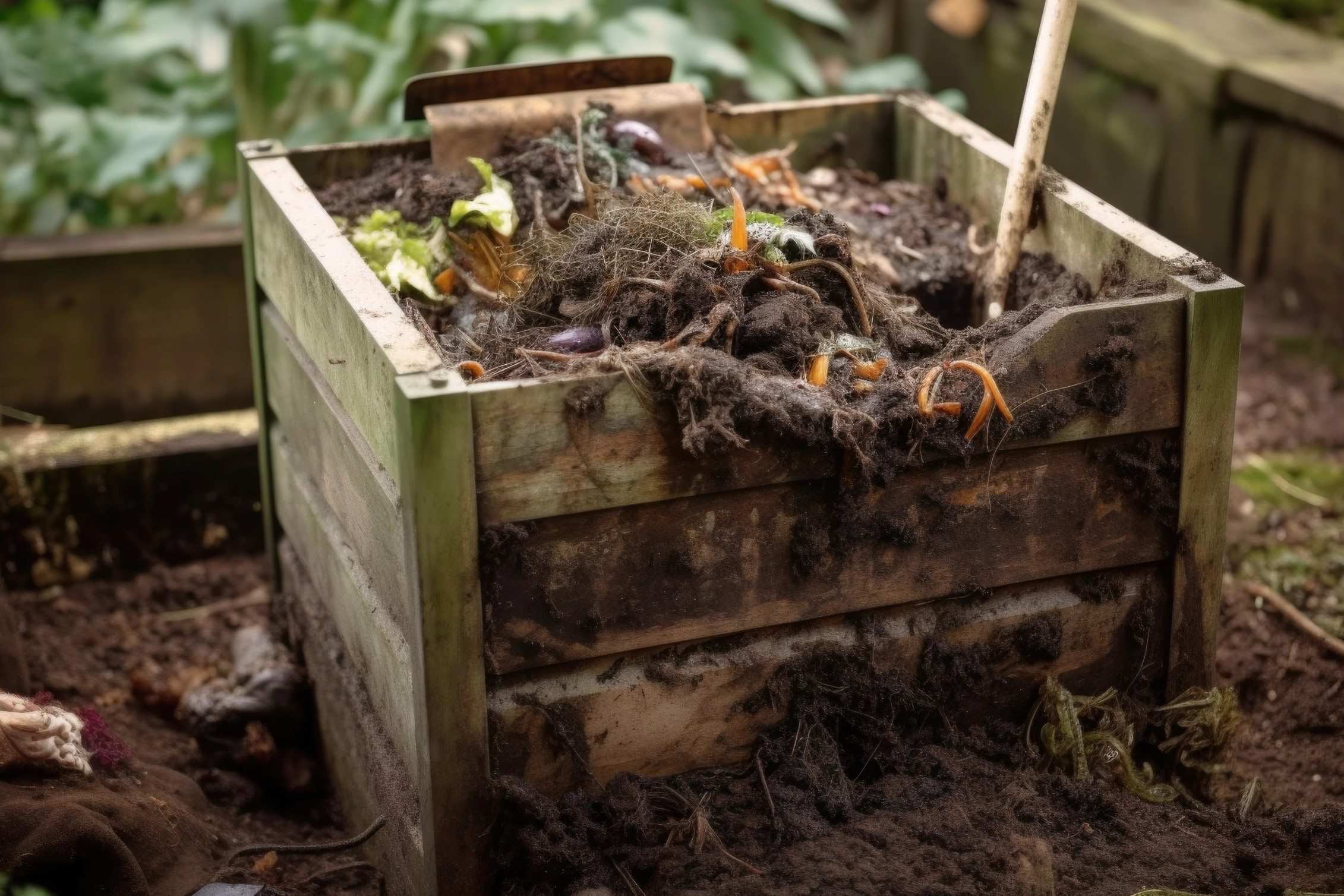
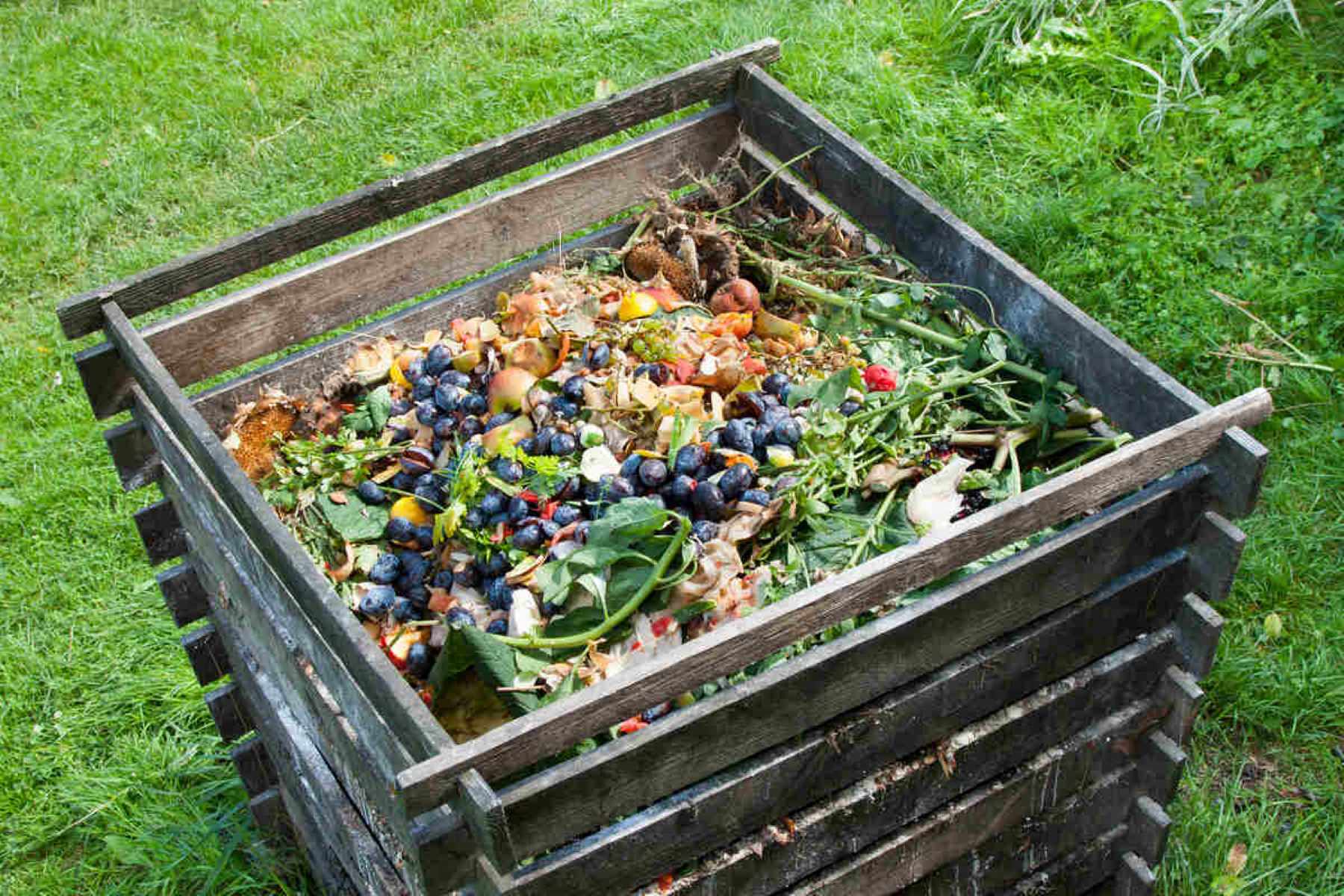
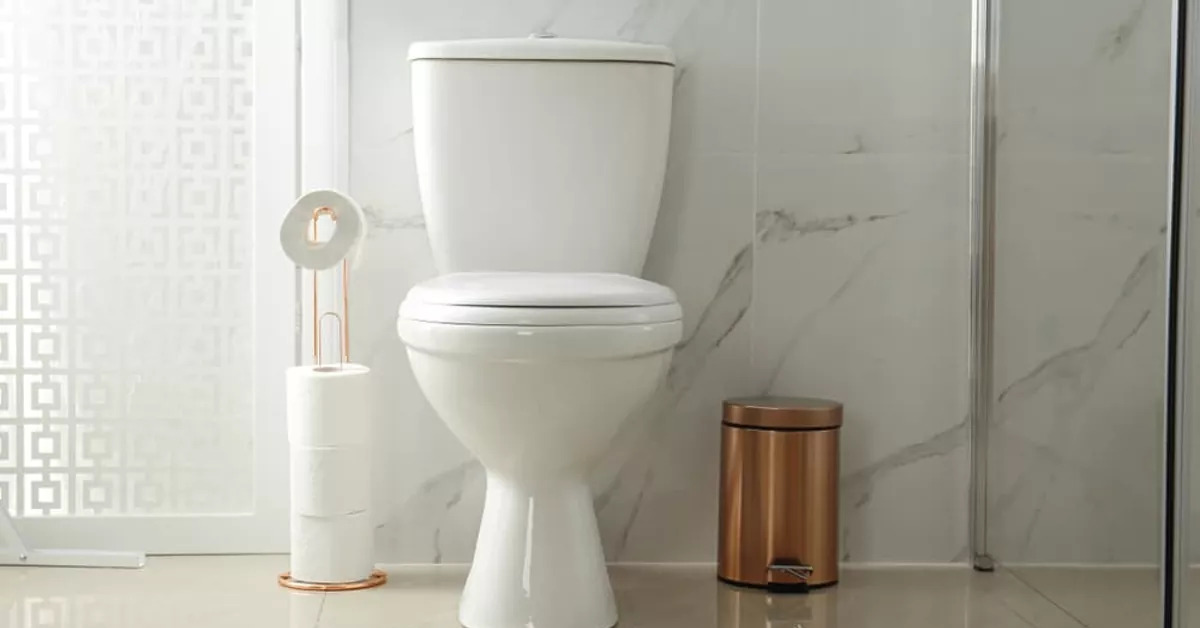
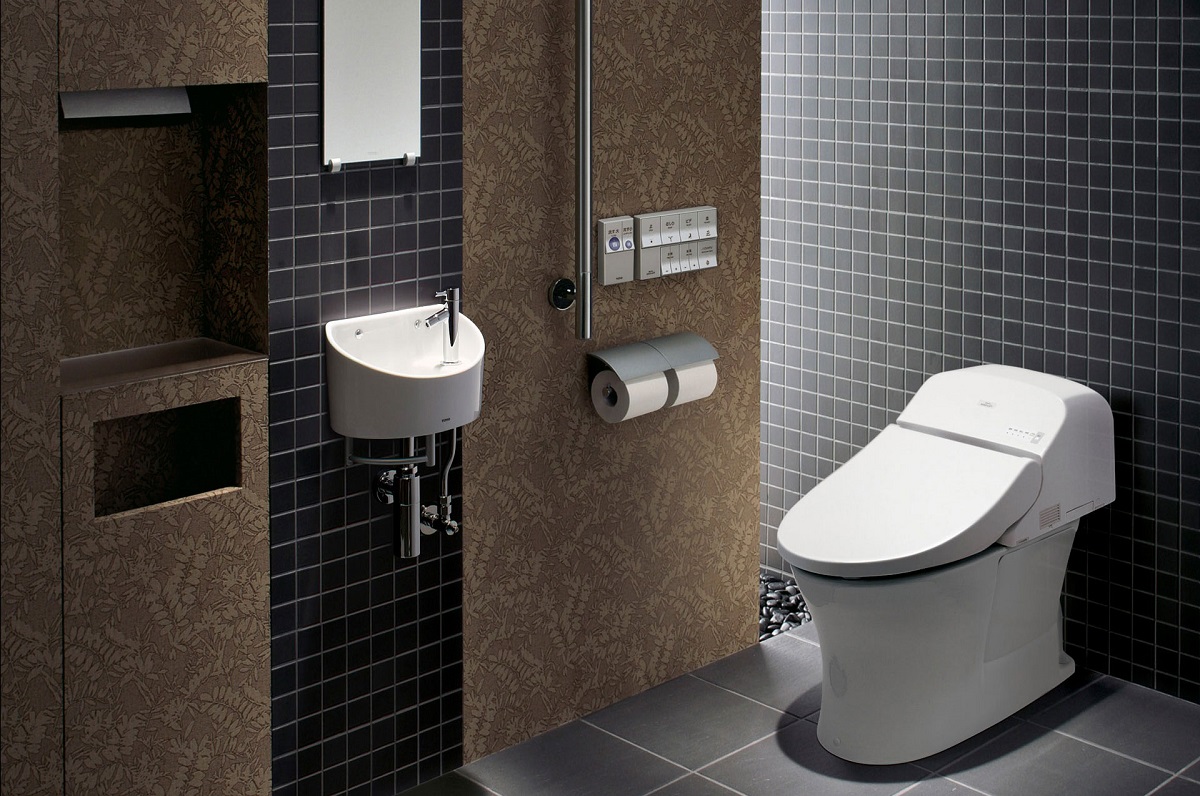

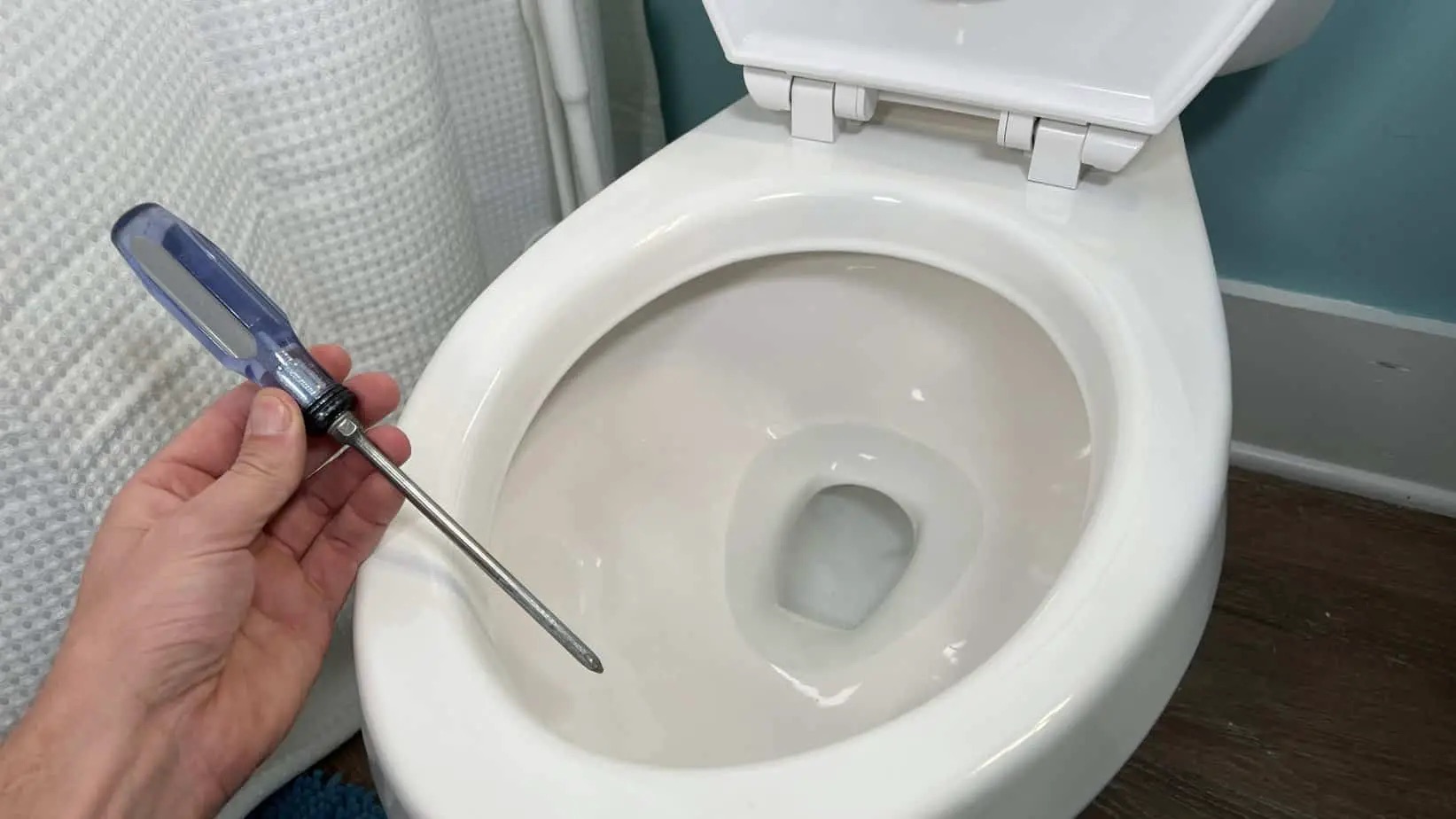
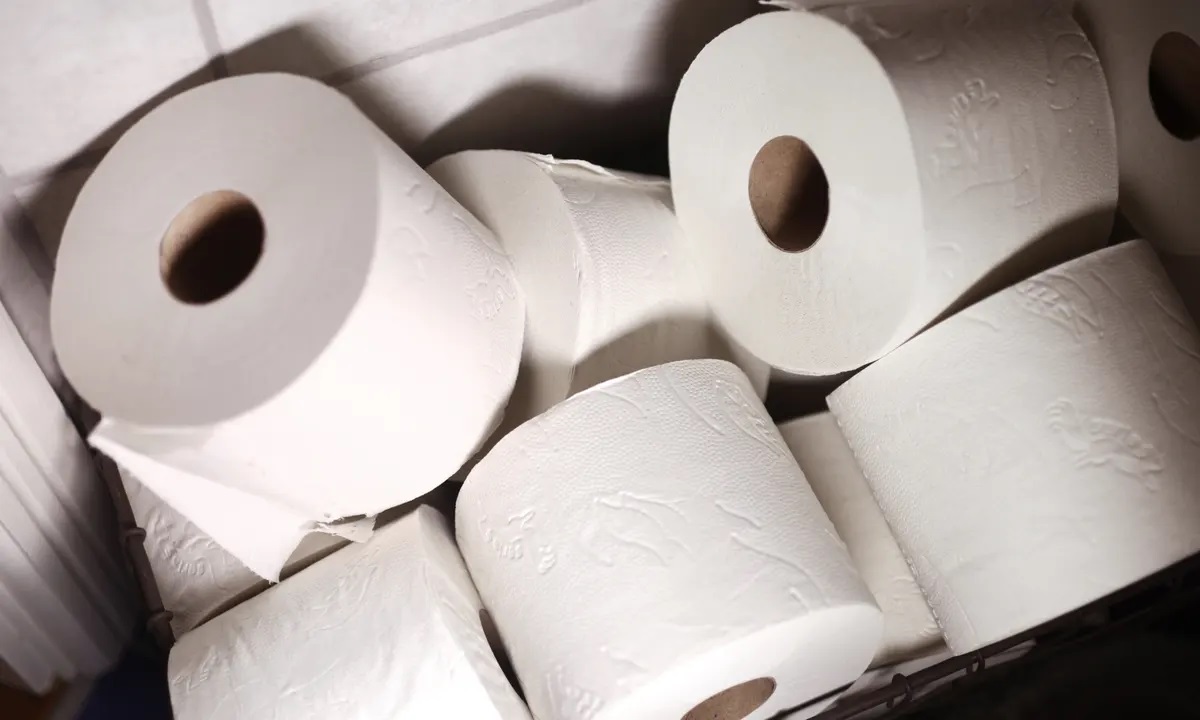

0 thoughts on “How Much Is A Composting Toilet”